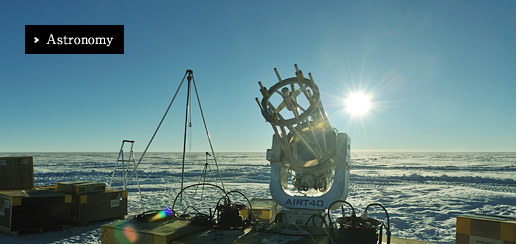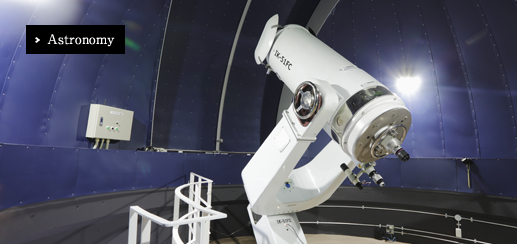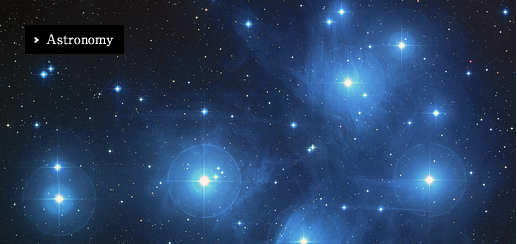Department



Our institute is home to about 70 members, including faculty, postdoctoral researchers, and students, who work on a wide range of problems in modern astronomy. Research activities span from 1) Formation of stars and planets, 2) investigations of the physical properties and lives of stars, 3) studies of the formation and evolution of galaxies, to 4) explorations of the cosmological framework of the Universe. These subjects are approached in two complementary ways. The first is theoretical research, where models are constructed and analyzed to uncover the physical and mathematical principles that govern astronomical phenomena, often with the aid of powerful supercomputers. The second is observational research, which uses the full spectrum of electromagnetic waves--radio, infrared, optical, ultraviolet, X-ray, and gamma rays--to probe the Universe. Our researchers make extensive use of state-of-the-art facilities, such as Subaru, ALMA, and JWST. Observational data are carefully analyzed and compared with theoretical models to deepen our understanding of the Universe. In addition, developing new telescopes and cutting-edge instruments to open unexplored windows on the Universe is a distinctive and important activity of our institute.




